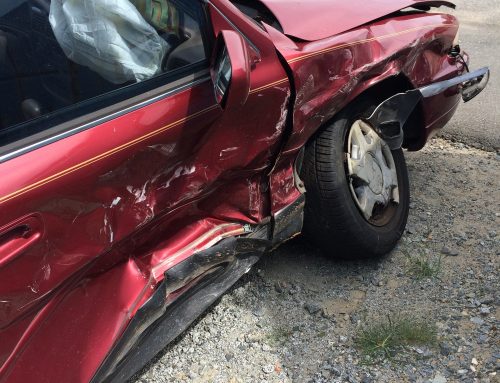Not all car accidents in Florida have an apparent reason. Sometimes, drivers simply make a minor mistake that escalates into a larger accident. On the other hand, some accidents do have obvious causes, like drunk or distracted driving. But there are even more accidents in a gray area—ones directly caused by a negligent driver but lacking a clear smoking gun. Brakes might fail, and tires might suddenly give out, but what happens if the driver is at fault for not maintaining their vehicle until it’s too late? This is how vehicle maintenance plays into your personal injury case.

When and Why Florida Drivers Are Negligent After an Accident
You’ve probably heard the term negligence countless times in advertisements, as it is a fundamental aspect in personal injury cases that establishes the basis for determining fault and liability. And while the standard definition is similar to the legal one, there are still distinctions to remember. To successfully claim negligence after someone injures you on the road, four key elements must be proven.
Duty of Care: The negligent driver had a duty not to endanger other drivers, which was established by driving on public roads.
Breach of Duty: The driver did not uphold this responsibility through their actions.
Causation: The driver’s actions led to the injuries.
Damages: The injured party suffered real harm or losses as a result.
It’s easy to see how the conditions for proving negligence are met in some scenarios, such as a driver who chooses to text while driving. Their actions distract them from the road and increase the risk of an accident, thereby breaching their duty of care to other drivers around them. If this distraction leads to a collision causing injury to another person, they might be found liable and negligent. What isn’t so obvious is what happens when drivers cause accidents through incremental negligent actions instead of one singular act.
Vehicle Maintenance as a Form of Negligence
While something like drunk driving is a clear example of negligence, neglecting vehicle maintenance is a less obvious form. However, going down the list of elements you need to prove can show why lack of maintenance can sometimes lead to a viable personal injury suit. Failing to maintain a vehicle increases the risk of accidents, and knowingly driving a dangerous car is not so different from dangerously operating it while texting or under the influence. Some examples of maintenance-related negligence include:
Worn Tires: Driving on tires with insufficient tread or incorrect pressure can cause blowouts or loss of control, especially in adverse weather conditions.
Faulty Brakes: Ignoring signs of brake wear, such as squeaking or reduced responsiveness, can cause unexpected brake failure on the road, making it difficult to slow down or stop to prevent accidents.
Non-Functional Lights: Broken headlights, brake lights, or turn signals reduce visibility and fail to communicate driving intentions to others, increasing the risk of accidents.
These maintenance requirements aren’t theoretical. Florida law makes it clear that vehicle owners must keep their vehicles in a safe, drivable condition. If the state recognizes the dangers an unmaintained vehicle poses and disciplines it accordingly, it can definitely play a role in your personal injury case.
One of the biggest hurdles to overcome regarding personal injury cases involving car maintenance is the difficulty of proving two things:
- The driver knew of the car’s issues and continued to operate it on the road
- The car’s mechanical problems directly caused the accident
Luckily, you don’t need to prove these facts yourself. Experienced personal injury attorneys like Probinsky & Cole can review all available avenues for your personal injury case and determine the best way you can fight for compensation. Regardless of how obvious the other driver’s negligence appears, you deserve compensation if they injure you on the road. Call our team today to schedule your free consultation.







